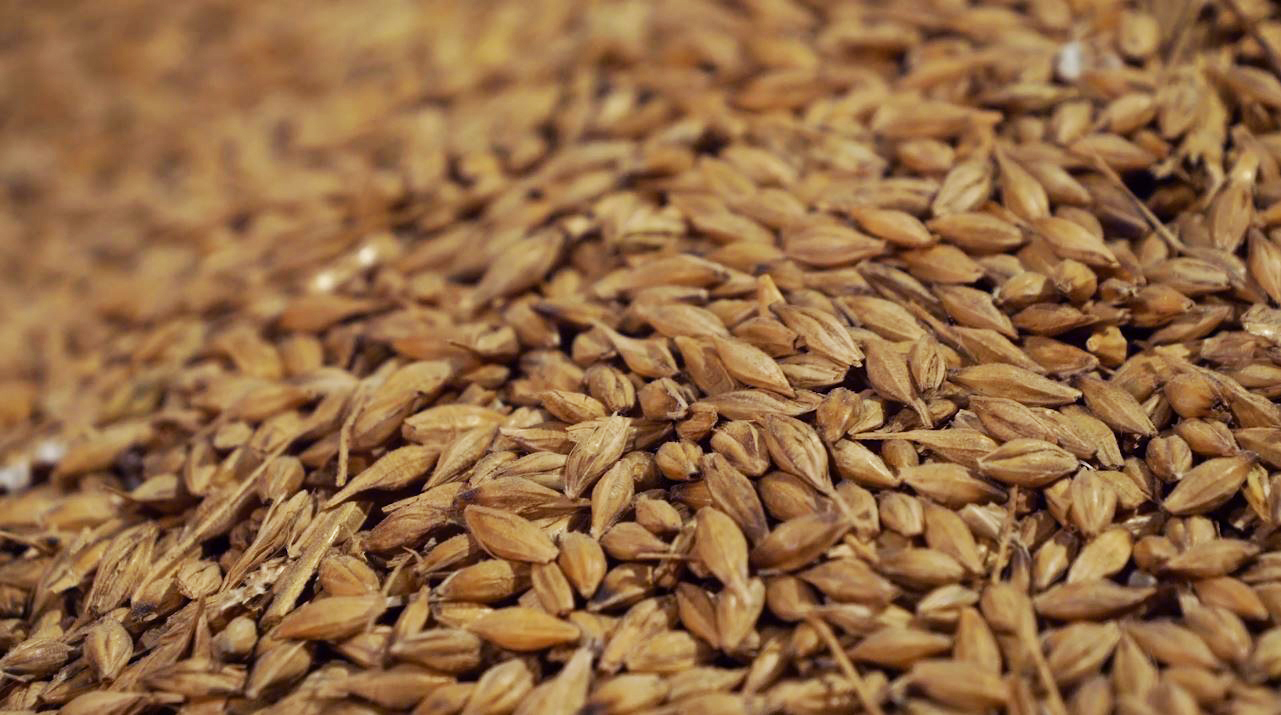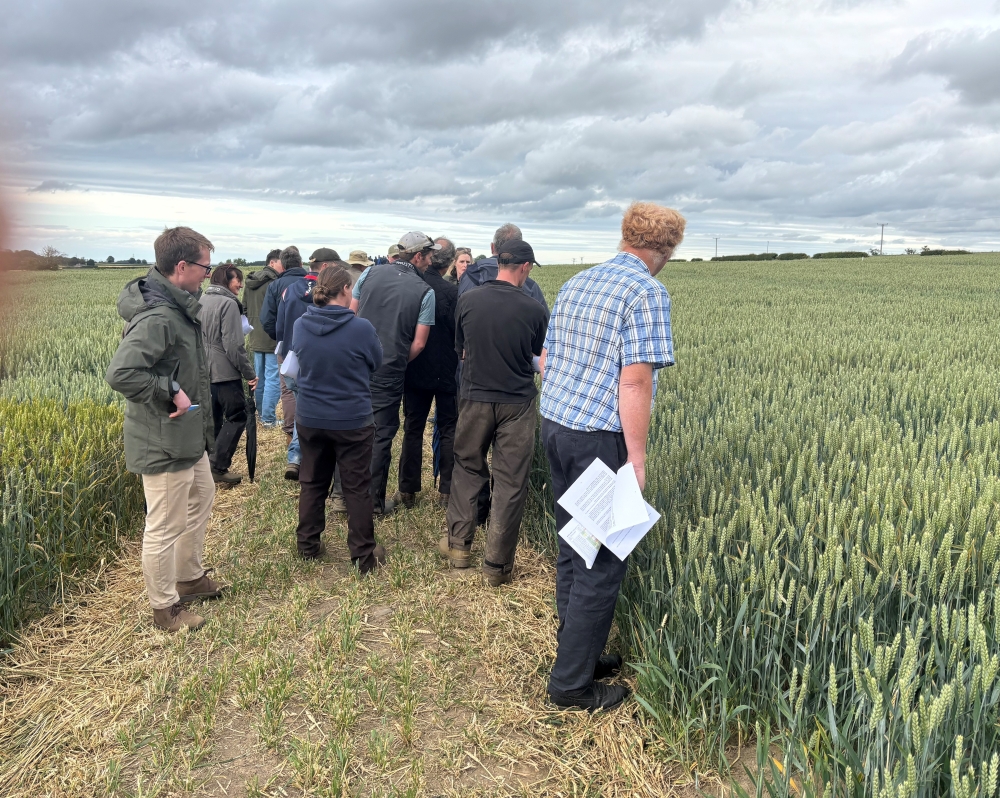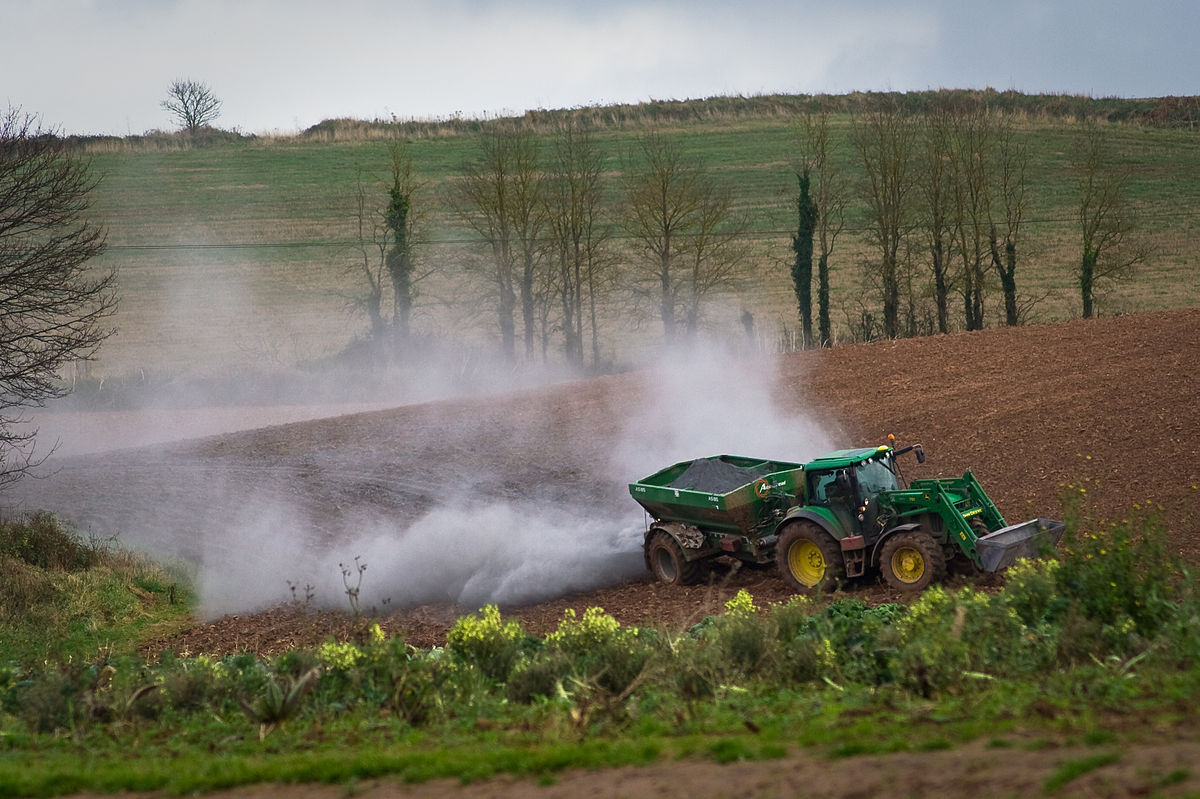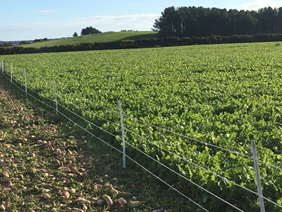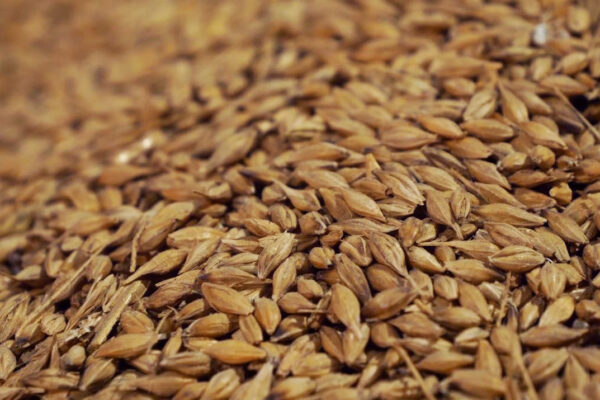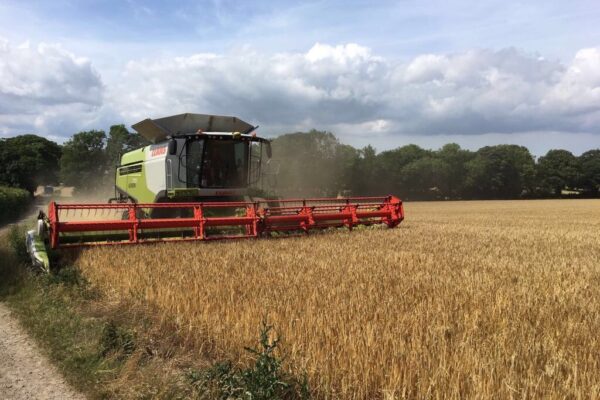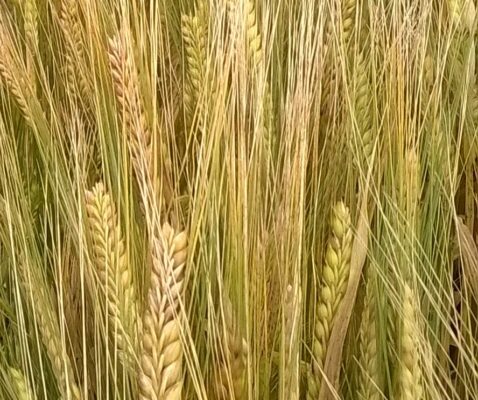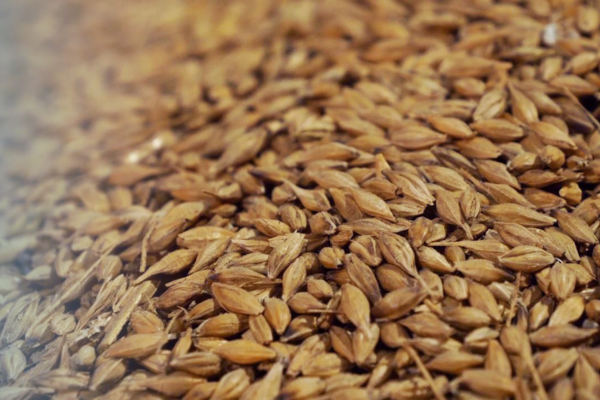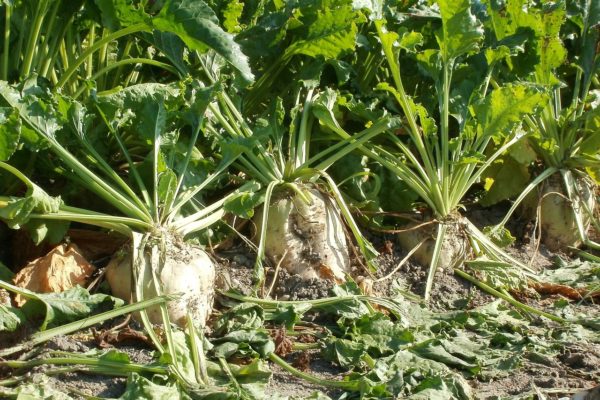A Practical Guide to Arable Contract Farming Agreements
5 September 2025In a sector still facing challenging commodity prices, collaborating with another business to maintain or improve margins will be attractive to those looking to restructure how they operate. This article highlights the principles of a contract farming agreement as one possible solution.
A contract farming agreement is a straightforward joint venture agreement whereby a landowner or occupier, which can also be a tenant, engages the services of another appointed farmer or agricultural contractor on pre-arranged contracting services and financial terms. This agreement is simple to understand, easy to operate and is extremely flexible. The fundamental point about a contract farming agreement is that the contractor is delivering services to the farmer and not operating on the farm on their own account. Given such agreements are subject to the law of contract, it is critical that they are properly drafted. There are many instances of these joint venture agreements running into difficulties because of inadequate documentation or incorrect supervision such as lease, a partnership, an employment relationship or other outcomes with an unintended effect on taxation, tenancy or issues relating to support payments. It is vital therefore, that the documentation is correctly drawn up. If a dispute or query arises, correct documentation may count for little if the two parties have not conducted their affairs properly according to the agreement and hence supervision is vital for the term of the agreement.
Trust is the key in the successful operation of the contract farming agreement, and each party understands what each brings to the agreement and what they want from it in way of financial return.
The contract farming agreement is to be distinguished from other structures such as contract & sale, tenancy, partnership, employment and share farming which have their own reasoning and consequences.

The Agreement
The agreement is normally for a fixed term of generally 3 – 5 years. It is not possible to include provision for a renewal in the contract, although if set up correctly with the right contractor, a new agreement can be established when the previous one comes to an end. Some agreements have been operational in this way for over 30 years, although they are personal to both parties and not transferable without the consent of both parties. There is however no obligation on either party to enter into a new agreement when the old one ends.
The Farmer usually provides:
- The land and buildings.
- Fixed equipment (e.g. grain dryer, milking parlour).
- Basic Payment and other subsidies relating to the agreement such as AECS.
- Finance to administer the agreement.
- Short and long-term policy objectives.
The Contractor usually provides:
- Labour.
- Machinery including technology and all associated costs such as fuel, repairs and insurance.
- Management expertise to implement the agreed farming policy.
It is the essence of these agreements that the farmer remains, at all times, the active farmer, and does not create a partnership or tenancy. The farmer continues to trade in their own right with all the advantages that this entails but takes risk for tax purposes. The farmer, with the contractor, establishes the farming policy, attends management meetings and signs cheques on the agreement account.
The farmer claims all subsidies and grants relating to the farming business, although those relating to the agreement are transferred to the agreement.
All sales of farm produce and purchases of inputs relating to the agreement are made in the name of the farming business by the farmer.
The No. 2 Account: The Contract Farming Agreement Account
The farmer provides a bank account to administer the finances of the agreement, which deals with all items of income and expenditure relating to the agreement. This account is generally known as the No. 2 account. This is in addition to the farmer’s own which will deal with income and expenditure not relating to the agreement.
Unless the farmer puts money into the No. 2 account and is paid an interest charge, then most of the year the account will be in overdraft. It is essential that the farming policy is not restricted within reason by the overdraft limit.

Variable Costs
All variable costs are paid by the No. 2 account.
Fixed Costs
The contractor pays for all his own labour and power costs. The remaining fixed costs are paid out of the No. 2 account and may include:
- Electricity.
- Water.
- Some insurance relating to the agreement, such as buildings etc.
- Administration and miscellaneous costs, e.g. subscriptions required by the agreement.
- Bank charges and interest relating to the agreement account.
- Contractor’s basic fee.
- Property repairs relating to the agreement.
VAT
The farmer will claim VAT paid by the agreement and refund this to the account. For example, the farmer’s own account dealing with items of income and expenditure will reclaim the VAT paid by the agreement account and refund it to the agreement. This is because the farmer’s business is only allowed one VAT number.
Accounts
The financial arrangements to determine divisible payments to each party, known as the Management Accounts, within the Contracting Agreement are prepared at the year-end. The total output is calculated for the period and it is from this that all variable and fixed costs relating to the running of the agreement, including the contractor’s basic fee, are deducted. This leaves a “Net Return”, from which the farmer’s basic return is deducted, leaving the Divisible Return. The contractor normally receives the major share of this in the first instance, for example a 90:10 split in favour of the contractor and in many instances after the contractor receives a total return (basic fee plus an initial divisible fee), of for example £45/acre, then the remainder of the divisible surplus can be split, for example 50:50.
Contractor’s Basic Fee
This is based on the contractor providing pre-agreed contracting services based on £/acre of combinable crops. This is a guaranteed payment before the farmer receives their basic return.
Farmer’s Basic Return
This is based on £/ac for the farmer providing land, buildings and fixed equipment.
Accommodation
Houses, if required, on the farm can be let to the contractor or one of their employees, but this is done through a Short-Assured Tenancy or can form part of the agreement.
Potato, vining peas, swedes and other break crop lets
These are normally let outside the agreement and income goes direct to the farmer.
Finding a suitable contractor
The relationship should be seen as a long term one as changing contractors can be costly and doing so regularly can be extremely disruptive.
In many cases, the potential contractor could already be known to either the farmer or their advisors. Where this is not the case, advertising in the local or national farming press is the most common route to identifying potential contractors. Thereafter one would proceed in finding a contractor in the following manner:
- Write to all preferred or potential contractors and invite them to a viewing day.
- Interested parties should submit a detailed farming and financial proposal for the agreement, showing their proposed budgeted returns to the farmer and contractor with divisible surplus splits.
- Draw up a shortlist and interview.
- Visit shortlisted preferred contractors’ farms.
- Take references and confirm appointment.
- Provide documentation which will have been given to the preferred contractor for approval.
- Hold the first management meeting prior to the commencement of the agreement.
Once the agreement has started, continued supervision of the agreement ensures its correct and smooth operation. Any disputes can be readily resolved before they start to cause resentment.
Hypothetical Example
474 acres Combinable Crops |
||||
|---|---|---|---|---|
| Output | Winter Wheat | 158ac @ 3.6t/ac @ £180/t | 102,384 | |
| Winter Barley | 79ac @ 3.3t/ac @ £150/t | 39,105 | ||
| Winter Oilseed Rape | 79ac @ 1.6t/ac @ £400/t | 50,560 | ||
| Spring Barley | 158ac @ 2.6t/ac @ £200/t | 82,160 | ||
| Straw | 395ac @ £40/ac | 15,800 | 290,009 | |
| Basic Payment Scheme | 474ac @ £90/ac | 42,660 | ||
| Variable Costs | Winter Wheat | 158ac @ £260/ac | 41,080 | |
| Winter Barley | 79ac @ £232/ac | 18,328 | ||
| Winter Oilseed Rape | 79ac @ £238/ac | 18,802 | ||
| Spring Barley | 158ac @ £167/ac | 26,386 | 104,596 | |
| Gross Margin | 228,073 | |||
| Fixed Costs | Electricity/Drier Fuel | 6,000 | ||
| Contract | 1,000 | |||
| Water | 1,000 | |||
| Insurance | 1,000 | |||
| Property Repairs | 3,000 | |||
| Lime | 5,500 | |||
| Administration | 3,800 | |||
| Miscellaneous | 500 | |||
| Bank Interest | 3,000 | |||
| Contractor’s Basic Fee | @ £140/ac | 66,360 | 91,160 | |
| Net Return | 136,913 | |||
| Farmer’s Basic Return @ £100/ac | 47,400 | |||
| Divisible Surplus | 89,513 | |||
| Farmer 10% | 2,133 | |||
| Contractor 90% | 19,197 | |||
| Farmer 50% | 34,091 | |||
| Contractor 50% | 34,091 | |||
Sign up to the FAS newsletter
Receive updates on news, events and publications from Scotland’s Farm Advisory Service




